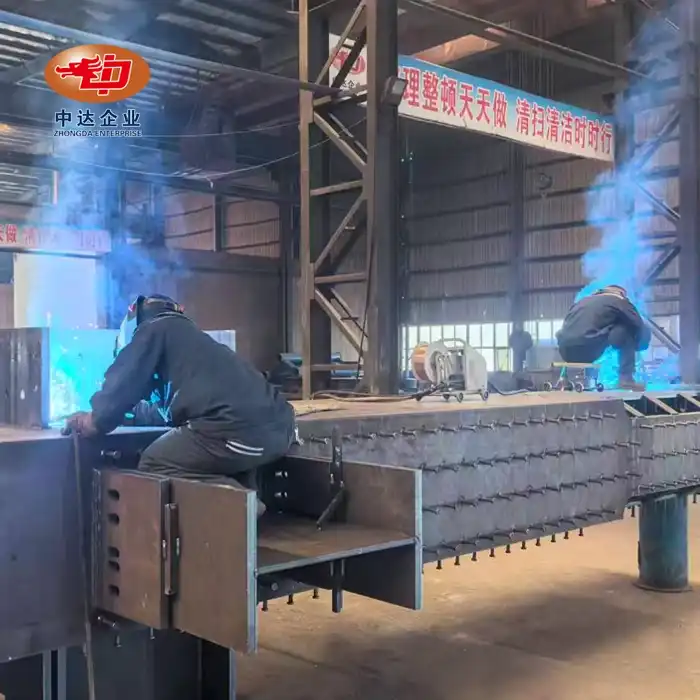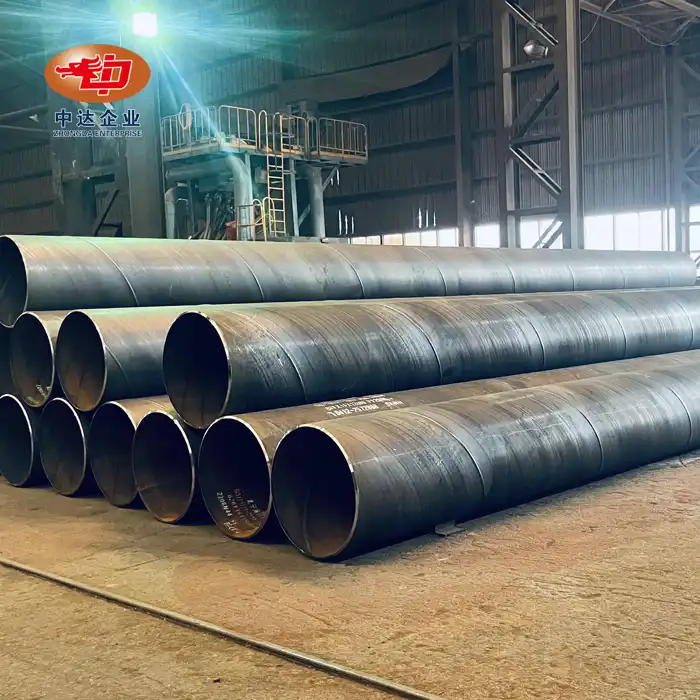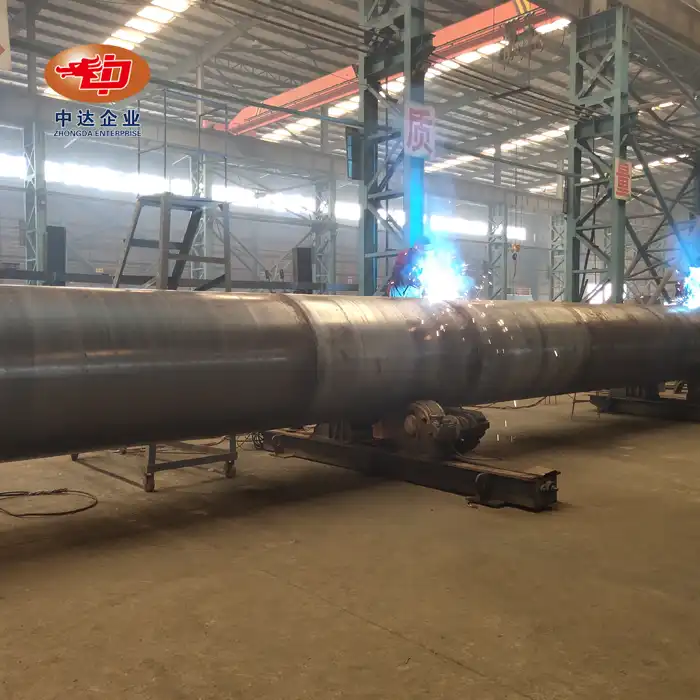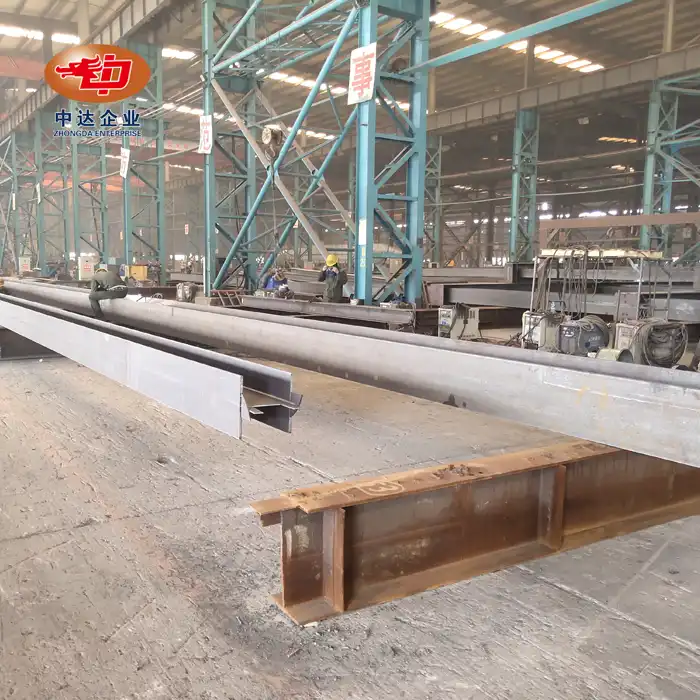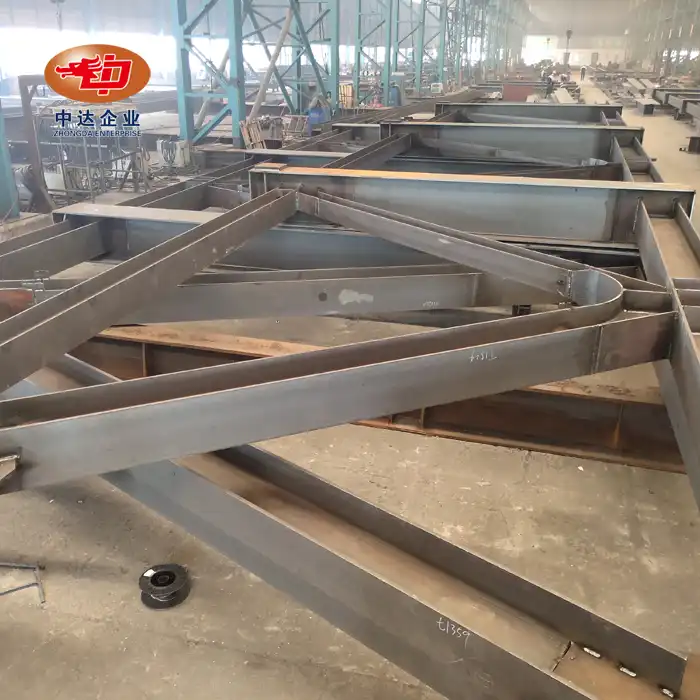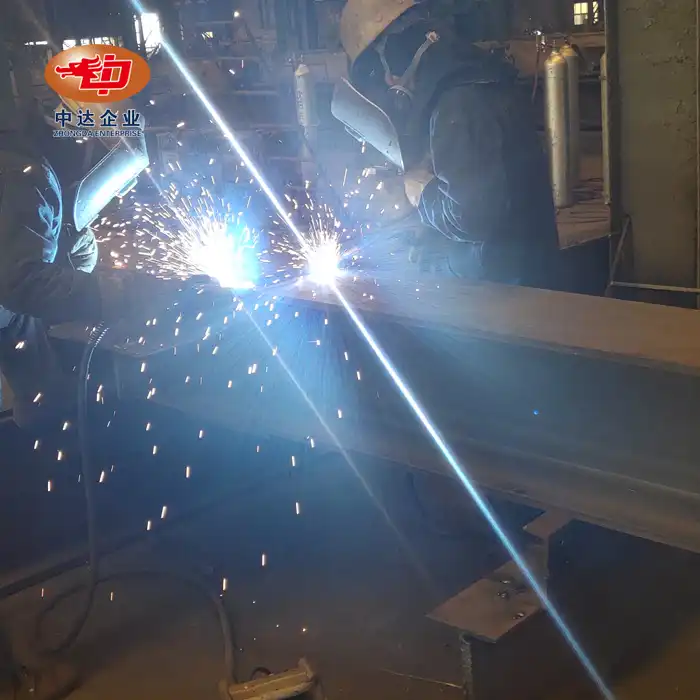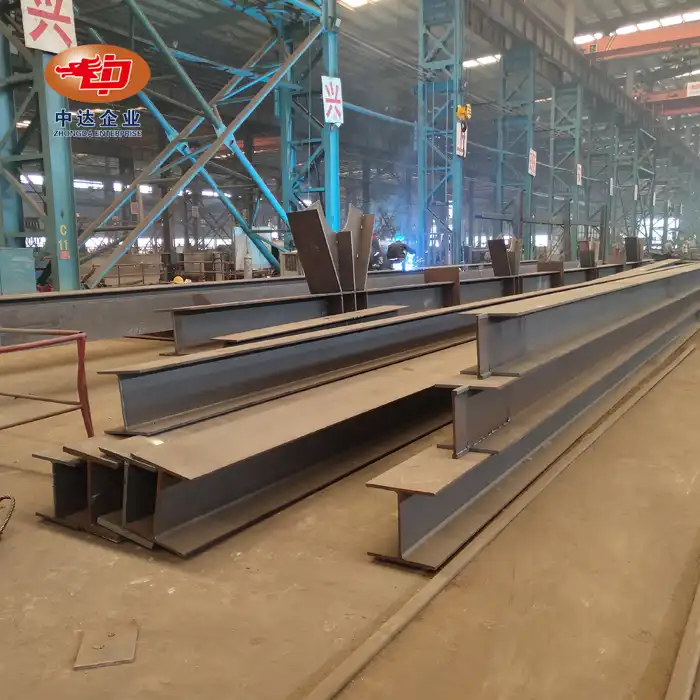
Why Materials for Sound Barriers Differ in Performance?
The performance of sound barriers varies significantly due to the diverse materials used in their construction. Factors such as density, absorption capacity, and structural design play crucial roles in determining a barrier's effectiveness. High-density materials like concrete or steel reflect sound waves effectively, while porous materials such as glass wool absorb sound energy. The combination of these materials, along with innovative designs like perforated panels, can dramatically enhance noise reduction capabilities. Understanding these material differences is key to selecting the most suitable sound barrier for specific environmental and acoustic requirements.
The Science Behind Sound Barrier Materials
Acoustic Properties of Different Materials
Sound barrier materials exhibit varying acoustic properties that directly impact their performance. Dense materials like concrete and steel boast high sound transmission loss, effectively blocking noise. Conversely, porous materials such as glass wool excel in sound absorption, converting sound energy into heat through friction within their fibers. The choice between reflective and absorptive materials depends on the specific noise control requirements of a project.
Impact of Material Density on Sound Attenuation
Material density plays a pivotal role in sound attenuation. Denser materials generally provide better sound insulation by creating a more formidable barrier against sound waves. This principle explains why materials like lead and concrete are often used in high-performance sound barriers. However, density alone doesn't tell the whole story – the structural design and surface treatments of the barrier also significantly influence its overall effectiveness.
The Role of Material Porosity in Sound Absorption
Porosity is a key factor in a material's sound absorption capabilities. Porous materials, such as open-cell foams and fibrous materials, contain numerous small air pockets that trap sound waves. As sound energy navigates these intricate pathways, it dissipates through friction and thermal effects. This mechanism makes porous materials particularly effective at reducing reverberation and echo, enhancing the overall acoustic environment.
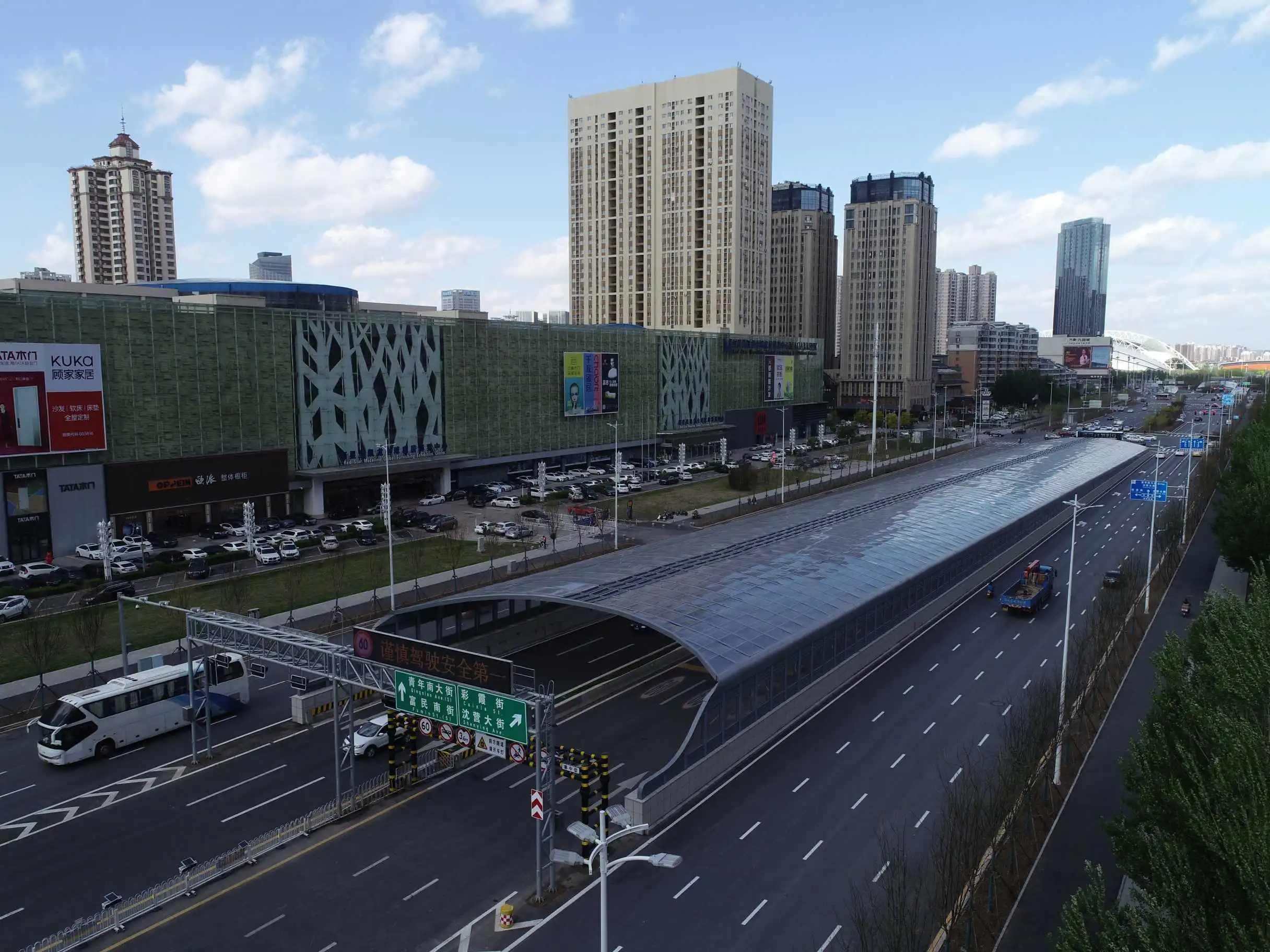
Innovative Composite Solutions for Enhanced Performance
Combining Reflective and Absorptive Materials
Modern sound barriers often leverage the strengths of both reflective and absorptive materials through composite designs. For instance, a barrier might feature a dense outer layer for reflection coupled with an inner layer of sound-absorbing material. This dual-action approach maximizes noise reduction by both blocking and absorbing sound energy. Shenyang Zhongda Steel's innovative barriers exemplify this concept, utilizing a 2mm galvanized steel outer layer with 23-30% perforation and a high-density glass wool inner layer, achieving an impressive Noise Reduction Coefficient (NRC) of 0.81.
Advanced Material Technologies in Sound Barriers
The field of acoustic engineering continually evolves, introducing advanced materials that push the boundaries of sound barrier performance. Metamaterials, engineered to manipulate sound waves in unprecedented ways, show promise in creating ultra-thin yet highly effective barriers. Additionally, recycled materials are gaining traction, offering environmentally friendly solutions without compromising on performance. These innovations underscore the importance of ongoing research and development in sound barrier technology.
Customization Options for Optimal Performance
Recognizing that one-size-fits-all solutions are often suboptimal, leading manufacturers offer customizable sound barrier options. Variables such as perforation rates, material thicknesses, and modular designs allow for fine-tuning of acoustic performance to meet specific project requirements. Zhongda Steel's modular barriers, available in 2-6m lengths and offering up to 25dB(A) vertical noise reduction, exemplify this approach to customization, ensuring optimal performance across diverse applications.

Environmental Factors Influencing Material Selection
Weather Resistance and Durability Considerations
The effectiveness of sound barriers over time hinges on their ability to withstand environmental stressors. Materials must resist degradation from UV radiation, moisture, and temperature fluctuations to maintain their acoustic properties. High-quality barriers, like those certified by SGS for 2000-hour UV resistance, ensure long-lasting performance even in challenging outdoor conditions. This durability not only preserves acoustic effectiveness but also reduces long-term maintenance costs.
Wind Load Resistance in High-Performance Barriers
In exposed areas such as highways and elevated rail lines, wind load resistance becomes a critical factor in material selection. Sound barriers must maintain structural integrity under significant wind pressures without compromising their noise reduction capabilities. Advanced designs, such as Zhongda Steel's highway barriers with H-shaped columns and concrete foundations, can withstand wind pressures up to 1.2kN/㎡, ensuring safety and performance in demanding environments.
Aesthetic Integration and Visual Impact
While acoustic performance is paramount, the visual impact of sound barriers cannot be overlooked, especially in urban or scenic areas. Materials and designs that offer aesthetic flexibility, such as customizable colors and textures, allow barriers to blend seamlessly with their surroundings. The availability of over 200 color options and the ability to incorporate custom logos and designs, as offered by some manufacturers, demonstrates how modern sound barriers can enhance rather than detract from the visual environment.
Conclusion
The performance differences in sound barrier materials stem from a complex interplay of physical properties, innovative designs, and environmental considerations. By understanding these factors, project planners can make informed decisions to achieve optimal noise reduction while addressing aesthetic and durability concerns. As urban development continues to expand, the importance of effective sound barriers grows, driving ongoing innovation in materials and design. The future of sound barrier technology promises even more advanced solutions, balancing acoustic performance with sustainability and visual appeal.
FAQs
What makes Zhongda Steel's sound barriers stand out?
Zhongda Steel's barriers feature a composite structure with a perforated galvanized steel outer layer and high-density glass wool inner layer, achieving an NRC of 0.81. They offer modular designs, customizable sizes, and superior wind resistance.
How long does it take to receive a custom sound barrier order?
Custom orders typically take 20-30 days for delivery, balancing customization with timely service.
Are Zhongda Steel's sound barriers certified?
Yes, they are EU CE certified (EN 14388) and have undergone SGS weather resistance testing.
Experience Superior Sound Barrier Performance with Zhongda Steel
At Shenyang Zhongda Steel Structure Engineering Co., Ltd., we combine cutting-edge technology with decades of expertise to deliver unparalleled sound barrier solutions. Our state-of-the-art manufacturing facility, equipped with CNC ultra-thick plate cutting technology and automated welding lines, ensures precision and quality in every product. With a proven track record of over 60 landmark projects and a 70% client retention rate, we're your trusted partner for innovative, high-performance sound barriers. Experience the Zhongda difference - contact us at Ava@zd-steels.com for your next project.
References
Acoustic Society of America. "Handbook of Noise Control." 2nd Edition, 2021.
Journal of Environmental Engineering and Science. "Comparative Study of Sound Barrier Materials." Vol. 15, Issue 3, 2020.
International Journal of Acoustics and Vibration. "Advanced Materials in Noise Control Barriers." Vol. 26, No. 2, 2021.
Environmental Noise Control. "Innovations in Sound Barrier Design and Materials." 3rd Edition, 2022.
Transportation Research Board. "Performance Evaluation of Highway Noise Barriers." Report No. 555, 2021.
Architectural Acoustics: Principles and Design. "Material Selection for Acoustic Barriers in Urban Environments." Routledge, 2022.
YOU MAY LIKE










